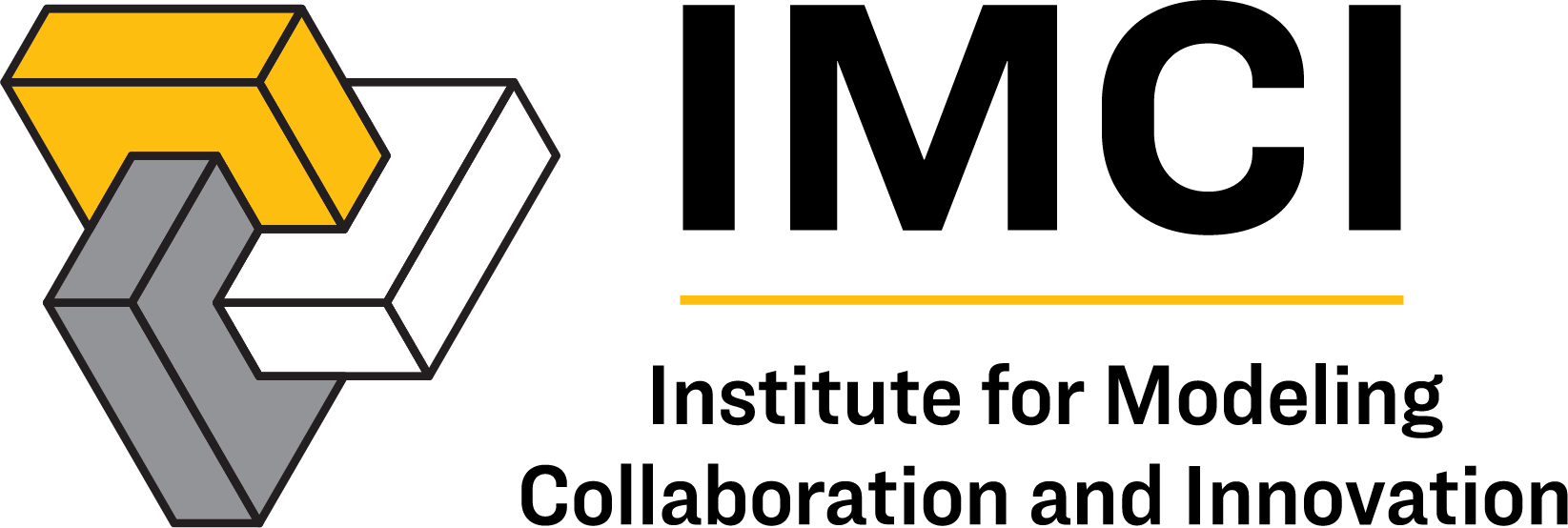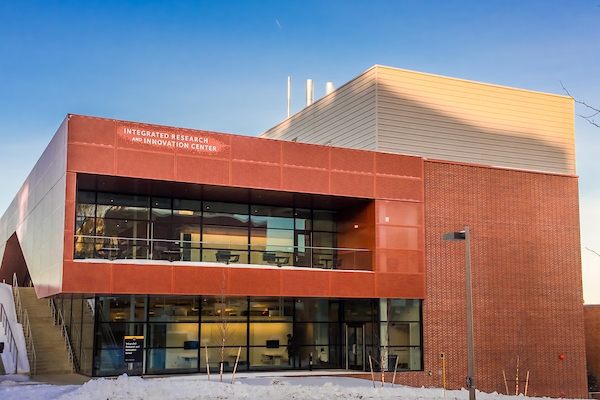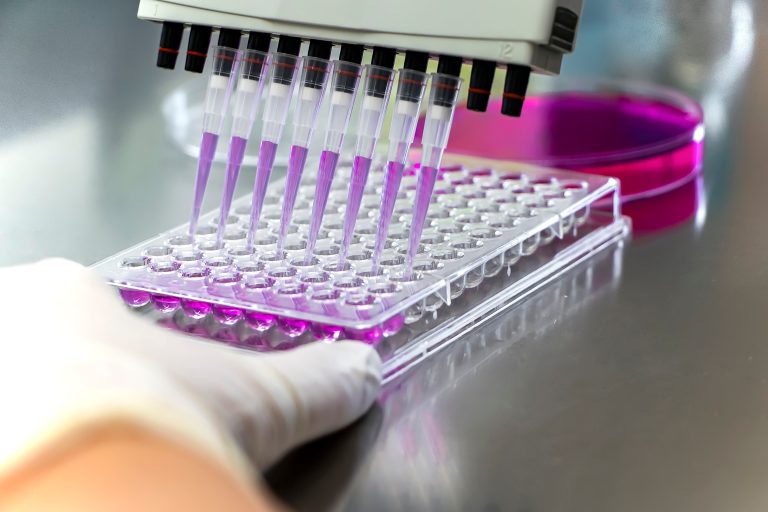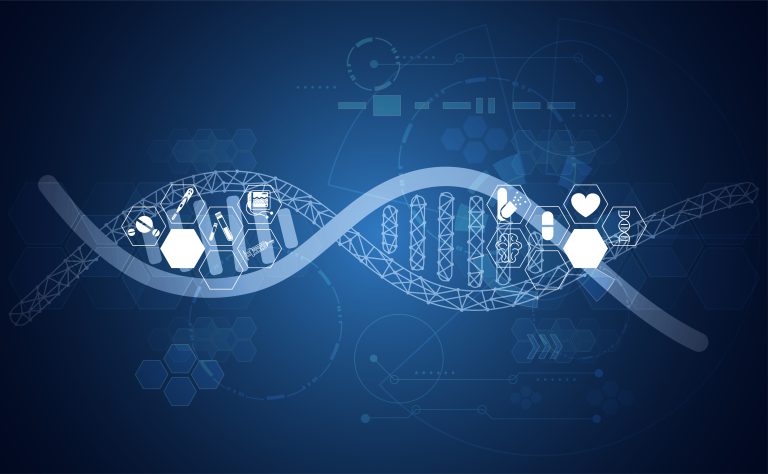Mathematical Modeling of Human Motions Using Recurrent Neural Networks (HuMoNN)
Working Group leader: Alex Vakanski
Group members: David Paul, Russell Baker, Min Xian, Joshua Bailey
Originated: May 2016, supported by a CMCI MAG; currently this working group coincides with a Pilot Grant
Description:
This group focuses on the development of mathematical models for representing human motions, to potentially benefit patients undertaking a physical rehabilitation therapy (e.g., following a stroke, or due to other medical conditions). The research employs deep neural networks for modeling human motions at multiple hierarchical levels of abstraction. The aim is to encode the movements of a patient in performing physical exercises into a set of trajectory features and use the features for automated evaluation of the patient’s performance.
The group developed a deep learning framework for assessment of rehabilitation exercises, as well as the team created a dataset of physical rehabilitations exercises. The current focus of the improving and evaluating the proposed deep learning models.
We submitted an NIH R01 grant application in July 2022, but our application was not funded. Our plan is to revise the application and re-apply in the second half of 2023.
Publications:
Mathematical Modeling and Evaluation of Human Motions in Physical Therapy Using Mixture Density Neural Networks
Vakanski A, Ferguson JM, Lee S, (2016) Mathematical modeling and evaluation of human motions in physical therapy using mixture density neural networks. Journal of Physiotherapy & Physical Rehabilitation, 1(118). PMC5242735
Metrics for Performance Evaluation of Patient Exercises during Physical Therapy
Vakanski, A., Ferguson, J. M., & Lee, S. (2017). Metrics for Performance Evaluation of Patient Exercises during Physical Therapy. International Journal of Physical Medicine & Rehabilitation, 5(3), 403.
A Data Set of Human Body Movements for Physical Rehabilitation Exercises
Vakanski, A., Jun, H., Paul, D., & Baker, R. (2018). A Data Set of Human Body Movements for Physical Rehabilitation Exercises. Data, 3(1), 2. http://doi.org/10.3390/data3010002







